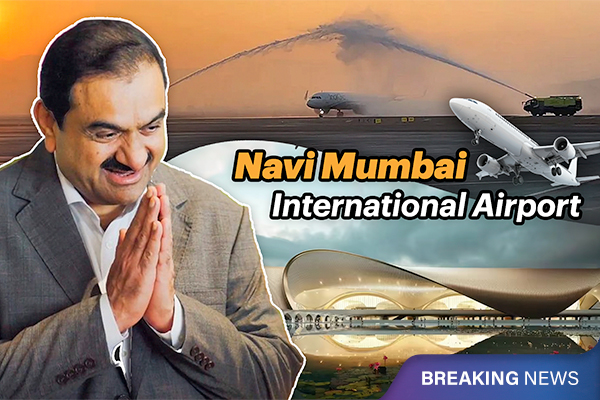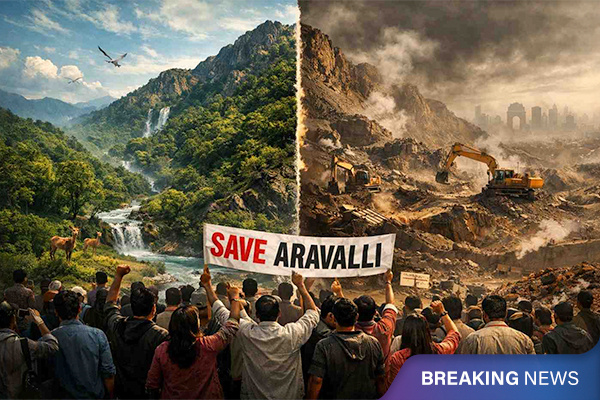Nepal’s Gen-Z Uprising: How Unity Toppled a Government
Mass protests in Nepal, sparked by a social media ban, forced the Prime Minister to resign. The youth-led uprising highlighted corruption and unemployment reshaping Nepal’s politics
Nepal’s Youth Uprising: Protests Force Prime Minister’s Resignation
Nepal has witnessed one of the most powerful youth-led movements in its history. The protests began after the government announced a ban on Facebook, Instagram, YouTube, and Twitter on 4 September 2025. Authorities said it was to fight fake news and hate speech, but many saw it as an attack on free speech.
On 8 September, thousands of students and young people took to the streets in Kathmandu under the banner of “No Ban on Voices.” At first, demonstrations were peaceful. But when police used tear gas, water cannons, and live bullets, the situation escalated. More than 19 people, including a 12-year-old child, were killed that day. Outrage spread nationwide, with protests in Pokhara, Biratnagar, Butwal, and other cities.
Anger was not only about the ban. Protesters highlighted corruption, nepotism, unemployment, and inequality. Social media hashtags like #NepoKids exposed the lavish lifestyles of politicians’ children while ordinary Nepalis struggled with poverty and migration. Posters read: “Politicians’ children return with Gucci bags, our children return in coffins.”
The protests soon turned violent, with government buildings, political residences, and offices set on fire. By the end, 72 people were dead and over 2,100 injured. The economic toll was severe, with tourism dropping by 30% and markets disrupted.
On 9 September, Prime Minister K.P. Sharma Oli resigned. A caretaker government led by former Supreme Court Chief Justice Sushila Karki, Nepal’s first female Prime Minister, took charge. Elections are scheduled for March 2026.
This moment marks a turning point, proving that united voices, especially youth can bring change.







